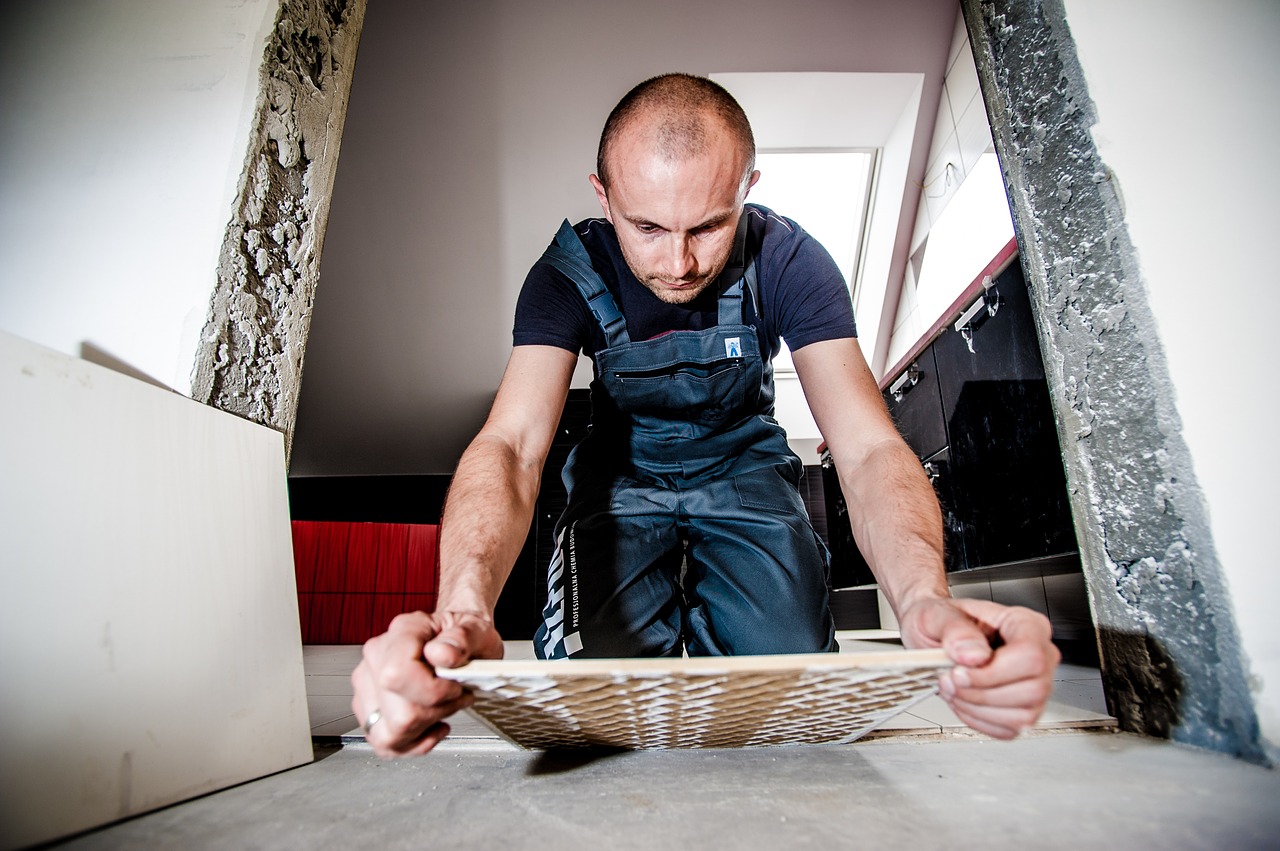TARKETT SPA
An interview with Massimiliano Perazzoni, Health, Safety & Environment Manager
Specialization
With over 130 years of experience, Tarkett is one of the world leaders in solutions for innovative and eco-sustainable flooring and sports surfaces.
The Italian headquarters of Tarkett S.p.A. (linoleum production plant, in Narni Scalo) has 140 employees, of whom 48 are over 50 workers (employees: 20 and workers: 28). Of these, there are 4 women and 44 men.
The project managers are Massimiliano Perazzoni, management representative, and Mirko Bucci, worker manager.
It is now known that Italy is one of the countries with the highest percentage of elderly population in the world. This data, combined with the increase in the retirement age, makes it necessary to reflect on the measures to be taken to guarantee safety at work, of a category of workers subject to particular critical issues.
Sector
Secondary: chemical industry
Country
Italy
Web-site
https://www.tarkett.com/en/
Main motives for the decision to implement the age management measures
During the risk assessment phase, all risks must be analyzed, including those relating to age difference. In the case of an over 50 worker, greater attention must be paid to the assessment of physical capacity, in relation to the activity carried out and the conditions in which this activity is carried out. Working on shifts or in high temperature conditions, as well as exposure to noise or handling a load, are all elements that must be considered much more dangerous for an over-50-year-old than for a younger worker.
In general, however, before assigning an over 50 to tasks, which foresee these types of risks, it is advisable to evaluate, also and above all with the help of the Competent Doctor, if the worker has the physical and / or mental requirements to carry out work safely.
Based on the data obtained, most of the diseases or accidents affecting workers over the age of 50 are due to the consequences of aging and specifically they mainly concern:
– cardiopulmonary damage or pathologies due to excessive efforts, high temperature changes, work carried out at high altitudes, etc.
– muscle tears due to loss of strength and decrease in muscle elasticity.
– decrease in diopters, decrease in ability to focus, falls due to vision problems or lack of reflections, etc.
Expected results
- Prevent occupational diseases for 50+ workers due to working in high temperature conditions, exposure to noise or handling a heavy load.

Age management dimension
Flexible working time practices:
- the adjustment of shift schedules;
- special measures of daily or weekly working hours reduction;
- flexible working for older employees;
- partial retirement;
- particular models of job rotation or relief for older employees from overtime and other extra work.
Health protection and promotion, and workplace design:
- studies on health risks in the workplace;
- organizational health reports and working groups on health;
- the use of health experts to advise the organization;
- employee surveys;
- employee participation and education;
- regular health checks;
- training supervisors and key workers in health management techniques;
- ergonomic workplace (re)design;
- health-promoting working time arrangements.
Our way towards the age management
In Italy, the lengthening of life prospects and the new criteria for retirement lead to a reconsideration of the position of the elderly worker within the labor market: the employment rate of workers over the age of 50 is destined to grow, increasingly representing an important workforce.
As part of the risk assessment for the various work tasks, Tarkett has identified additional prevention measures for Over 50 staff, compared to those already identified in the risk assessment for younger workers. These measures allowed for a further reduction in the level of risk exposure.
Tarkett spa has:
– Informed workers over 50 on specific risks with a biennial frequency compared to the four-year frequency of training on risks for younger workers. These information sessions are conducted by the Prevention and Protection Service directly at the workplace in front of the information boards present in each department. For example, in 2016 80 inspections were carried out in the work areas with the presence of Over 50 staff.
– Carries out weekly inspections with the aim of verifying the safety level of the activity carried out, evaluating, where necessary, actions to improve the safety of the activity itself. Thanks to the inspections conducted within the various work areas, multiple improvement actions have been identified, for example the purchase of tools to reduce the physical effort of the worker over 50 has been arranged: purchase of portable electric hoist, purchase of “tool-holder” trolley instead of the classic box or installation of Hydraulic Platforms to lift material.
– Replaced the Personal Protective Equipment (PPE) with new tools which, with the same degree of protection, guarantee greater operator comfort. The use of a more comfortable PPE makes working activity “less heavy”.
– It has introduced a specific protocol for over 50 workers carried out by the Competent Doctor, in collaboration with the Prevention and Protection Service, in addition to the normal tests required of all workers:
- Assessment of motor skills and muscle elasticity (annual medical examination);
- Psycho-aptitude tests
- PSA measurement within the annual blood chemistry analyzes;
- Eye examination with a biennial frequency;
- Cardiological visit with a biennial frequency.
In addition, the worker can take advantage of longer and / or more frequent work breaks or even a change of workplace with one with fewer risks for the worker. This need is assessed and decided during a meeting between worker, competent doctor and prevention and protection service. The decision can be temporary or definitive. This measure is to allow the worker over 50 to have a psycho-physical recovery period.
Thanks to these measures, Tarkett spa has obtained the total absence of occupational diseases for Over 50 workers after the start of the project, the absence of accidents for Over 50 workers after the start of the project and the reduction of the relative risk index to the activities carried out by Over 50 workers (the risk has been reduced by over 50%).
Strengths and weaknesses of the chosen approach
A strong point is certainly the involvement and participation of all workers, all have proved very collaborative towards changes, testing of machinery and Personal Protective Equipment etc.
In addition, the team (workers, workers’ representatives for safety, management, prevention and protection service, competent doctor, etc. etc.) collaborated very well
A downside is the fact that all costs were incurred only by the company without any help.
Tha “aha!” moment experienced during the process
The project was born from a “proactive” health and safety approach so there was no specific event, but it was a prevention project.

Activities to sustain this initiative
All costs are borne solely by the company without any help. The company followed the decree on safety in the workplace which is based on the principle of risk prevention in the company and consequently implies the participation of the Employer and Workers in the adoption of the obligations and prevention and protection measures for the protection of health and safety in the workplace.

Monitoring system of the effects
Thanks to the implementation and application of all the countermeasures indicated in the previous points, the risk index relating to the activities carried out by workers over 50 of Tarkett S.p.A. from 2010 to today it has decreased by 80% from 25 to 4 (see risk matrix R = Damage * Probability).
Thanks to the implementation and application of all the countermeasures reported in the previous points, the trend of accidents that occurred to workers over 50 of Tarkett S.p.A. from 2010 to date is extremely positive. There are no accidents within Tarkett that have occurred to staff over 50 from 2011 to today.


Beneficial effects of the initiative
The benefits from the start of the project are clear:
- No occupational diseases for Over 50 workers after the start of the project.
- No accidents for Over 50 workers after the start of the project.
- Reduction of the risk index relating to the activities carried out by Over 50 workers (the risk has been reduced by over 50%).
The reduction in the number of accidents and occupational diseases has contributed significantly to minimizing the social and economic cost of non-safety, making the production system more efficient. Through accredited certification, that participatory approach to health and safety in the workplace is achieved which, by spreading greater awareness, makes prevention policies effective.
Personal recommendation
Very important in the development of the project “Risk assessment for workers Over 50 risk reduction measures” was sharing the various steps directly with the workers. For the success of the project it is essential to involve each individual worker in order to have his support and collaboration.

